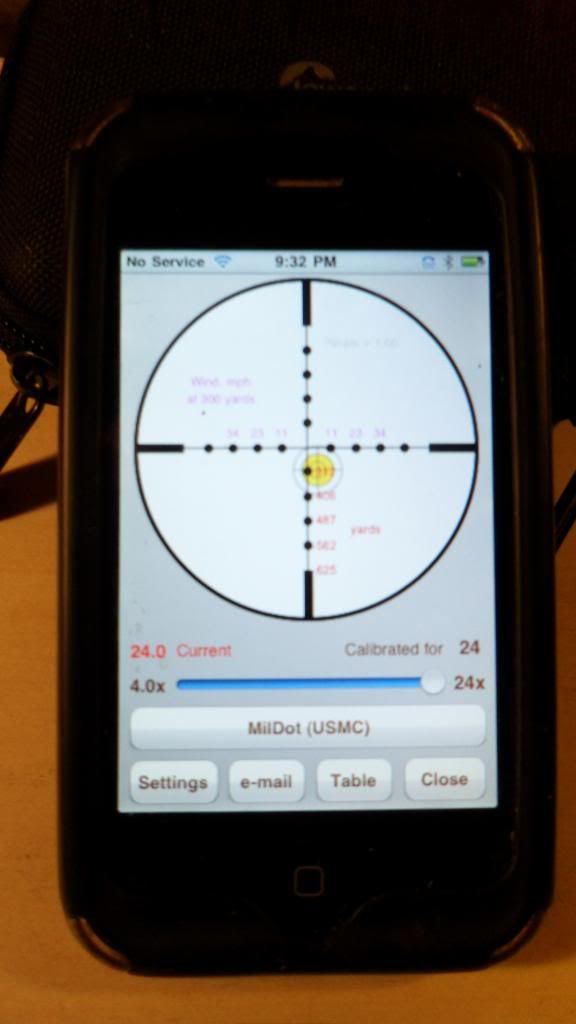Magnum Wheel Man
New member
I'm in the process of replacing a few cheap 3X9 scopes on some of my rifles... the "real" hunting rifles, can keep a good quality 3X9, but the bulk of my shooting now, is relaxed shooting off my bench at ranges from 50 - 300 yards, & I'm looking to improve my casual shooting ( both with wind... though I get 300 yards is not "long range" & with elevation changes needed for increased distance )
with my aging eyes, I'm looking at 12-16X scopes for the longer ranges at paper targets... however as I make the transition, I have a couple questions
is a mil dot scope reticle just a band-aid for a scope that doesn't have good repeatability ??? my understanding, is if I'm reading wind, or distance correctly & my scope is good & repeatable, that I'd be better off with a fine target crosshair, & a couple clicks to the windage knob to compensate for the wind, or a couple clicks to the elevation knob for increased distance... if I have a mil dot reticle, there "should" be no need to touch the knobs once the rifle is zeroed, I should just use the dots... correct ???
... if I were shooting further than the dots allow ( or in a stronger cross wind than the dots allow ) what is the purpose of cluttering up my sight picture, if my scope is of good enough quality to shoot the box test ???
just looking for everyone's thoughts, before I spend my money...
with my aging eyes, I'm looking at 12-16X scopes for the longer ranges at paper targets... however as I make the transition, I have a couple questions
is a mil dot scope reticle just a band-aid for a scope that doesn't have good repeatability ??? my understanding, is if I'm reading wind, or distance correctly & my scope is good & repeatable, that I'd be better off with a fine target crosshair, & a couple clicks to the windage knob to compensate for the wind, or a couple clicks to the elevation knob for increased distance... if I have a mil dot reticle, there "should" be no need to touch the knobs once the rifle is zeroed, I should just use the dots... correct ???
... if I were shooting further than the dots allow ( or in a stronger cross wind than the dots allow ) what is the purpose of cluttering up my sight picture, if my scope is of good enough quality to shoot the box test ???
just looking for everyone's thoughts, before I spend my money...
Last edited:

